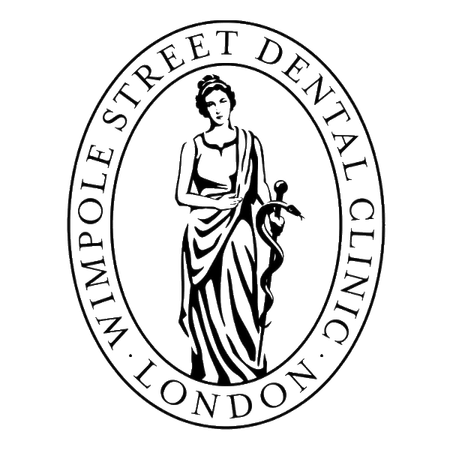At Wimpole Street Dental Clinic, we appreciate that many of our patients wish for their dental implant to heal as quickly as possible. Many of our patients also wish to be able to restore the affected site within the mouth immediately with a tooth restoration. Here we would like to explain in more detail just why the healing time post-surgery for dental implants takes the time it does. We describe how long it actually takes to heal plus discuss the factors which can affect this process: such as the implant system used in the procedure plus the individual patient’s anatomy.
Please read on for more information.
Healing times of differing implant types – a guide
As dentists, we would say that the implant is fully healed at the point when the so-called osseointegration – the close contact of the bone to the implant – is completed. With normal bone growth, the healing time depends primarily on the bone quality, the affected jaw (the upper or lower jaw) and the type of implant used. In most cases, the dentist can only assess the bone quality during the operation. The implant operation itself determines how stable the implant is and when it can be loaded with a tooth restoration.
Guidelines for approximate healing times:
| Type of implantation | Healing time in months |
| Upper jaw (without augmentation) | 3 – 4 |
| Lower jaw (without augmentation) | 2 – 3 |
| Upper jaw with augmentation (sinus lift) | 4 – 6 |
| Lower jaw with augmentation (added bone) | 3 – 6 |
As a general guide: the less complicated the operation; the faster the wound will heal. Please be advised that within the upper jaw, the implants often take longer to grow together with the bone because the upper jawbone is softer. Please also note that longer healing times are needed in both jaws if the bone needs to be built up within this affected area. The general guide applies here too: the more complex the bone augmentation, the longer the healing time required.
Modern implants connect faster with the bone – designed with healing in mind
The surface of modern implants has a special geometry and has been manufactured to ensure as much as possible, that the artificial tooth root (otherwise known as the implant) can heal faster. Studies have shown that the ideal surface is not smooth because the increased surface leads to better bone growth. In addition, the surfaces are also chemically pre-treated in order to improve the attachment process of the bone cells to it during recovery.
Please do not confuse healing time with immediate loading – it is just the next step in many cases
It is possible to begin the immediate loading of implants when they are screwed into the bone in such a stable manner that it is possible to proceed with a tooth restoration before the healing process has been fully completed. This method is used when our patients choose to opt for the ‘Fixed Teeth in one day’ procedure, (also known as All-On-4 dental implants). The prerequisite for this technique to go ahead; is the use of a suitable implant system in tandem with the inclusion of precise diagnostics being obtained using 3D X-rays before the surgery begins. Please be advised that it is important that the patient strictly follows the instructions of the implantologist post-surgery in order to avoid overloading the implant. In straightforward operations, the patient can eat soft food again after the anaesthesia has subsided. Please note that chewing hard food should be avoided for around two to three months after the operation in order to achieve the best clinical outcome possible in each individual case.
For most other standard implant procedures, immediate loading is usually not an option so our patients receive a removable temporary tooth restoration, post-surgery. The temporary should be re-lined 14 days after the operation as it is expected that the gums will then return to their normal shape, by this time.
Why does the healing time take so long?
Our bodies begin healing wounds immediately after operations but please be advised that it is a slow and steady process. After the first ten days post-surgery, bone-forming cells attach to the artificial tooth root (the implant) and so allow a gradual increase of more bone tissue to grow. This initial bone growth is still soft but rest assured that after just a few months stable bone emerges to anchor it safely at the affected site within the mouth.
Bone strengthening is possible after the healing period
After the initial healing period has been completed and the implant restored with the use of a bespoke crown, chewing forces act to strengthen the bone around the implant. X-rays and so-called strength tests help the dentist to recognise the progress of the healing process. When it is the right time and depending on the type of implantation used in the procedure; the patient can then receive their new denture once the healing process has fully ended.
Healing issues can arise
Premature implant loss is rare (approximately 2-5%) and implants are generally not rejected by the body. Please note that should issues arise, they usually do so during the initial healing phase. Sometimes the implant loosens its hold in the bone or inflammation-related bone loss processes lead to the loosening of the implant. Should you have any concerns, contact your implantologist immediately so we can work together to resolve the situation to restore both your comfort and confidence in your newly renewed smile.

